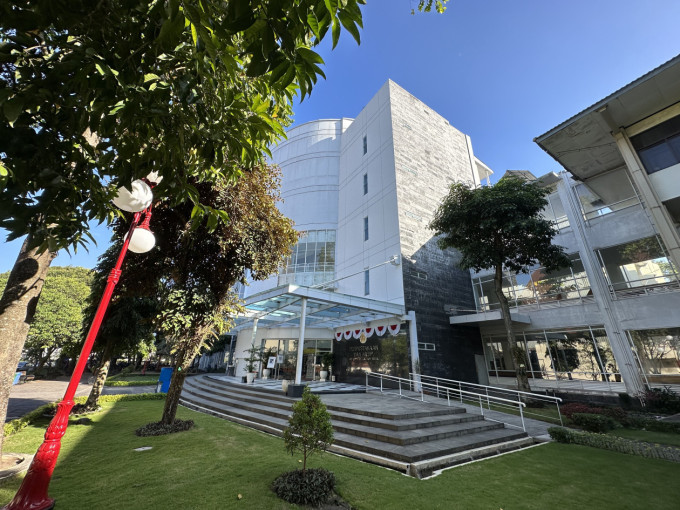
The presence of a library is an integral part of any university. The same goes for UGM Library, which holds a vast collection of printed and digital books from a broad range of fields of study.
In addition to the university library, the UGM campus houses faculty and school libraries that store collections specific to each field of study.
The five-story structure that now houses the UGM Library was formerly the Kolombo Conference Building, which opened on December 19, 1959, and is situated south of the UGM Central Building.
Prior to moving to the Central Building’s south side, the UGM Library was first established on March 1, 1951, on Jl. Panembahan Senopati, now the location of Limaran Hotel. At that time, the UGM campus was situated within the Kraton area.
As the UGM campus was developed in the Bulaksumur complex, the UGM Library relocated to Sekip Unit V on July 31, 1975.
By April 1, 2012, all units of the UGM Library had been consolidated into a single location at Bulaksumur 16 Yogyakarta, with the addition of two new buildings to enhance the library’s service capacity.
Head of UGM Library, Nawang Purwanti, stated that the UGM Library is a university library with a global perspective, reliable in supporting innovative education, learning, and research that contributes to the advancement of knowledge and society.
“The UGM Library can serve as a partner to the academic community in carrying out excellent and sustainable education, research, and community service,” the head said on Friday (8/11).
With the development of technology and the advent of the 4.0 industrial revolution marked by artificial intelligence, automation, biotechnology, and others, the challenges of education and teaching in higher education institutions have become more complex.
Graduates with adaptive, innovative, collaborative, and agile skills and competencies are demanded to respond to the accelerating technological developments and future job market demands.
“In response to these needs, UGM is committed to realizing superior, innovative, inclusive, and applicable transdisciplinary education. The library also plays a role in this,” she added.
Purwanti mentioned that the number of visitors to the UGM Library has consistently increased year by year. Typically, visitors come to access data for thesis, dissertation, and research purposes.
According to her, there were fewer visits in 2021 due to the COVID-19 pandemic, and the number of people who visited rose to 212,135 in 2022.
“There were only 5,885 visitors in 2021. As of May 2023, the number of visitors has reached 53,697,” she explained.
The printed book collection at the UGM Library, as of May 2023, comprises 423,979 titles or 639,081 copies.
“This number has increased since before 2022 when the collection amounted to 635,149 copies or 421,336 book titles,” she stated.
Regarding electronic or digital collections, which include subscriptions and proprietary materials, as of May 2023, they consist of 38,950 titles of e-journals, 54,881 titles of e-books, 220,043 titles of e-theses, 196,000 e-datasheets, 44,212 e-company profiles, and 30,705 titles of e-proceedings.
The UGM Library continues to improve its support for learning and research by providing a wealth of reference materials for students and lecturers.
Despite Indonesia’s low digital literacy rates, the UGM Library remains committed to transforming itself into a provider of current knowledge, data, and information through its latest book collections and various digital collections.
Author: Gusti Grehenson
Photographer: Firsto

